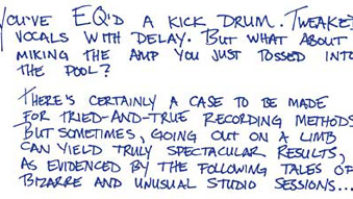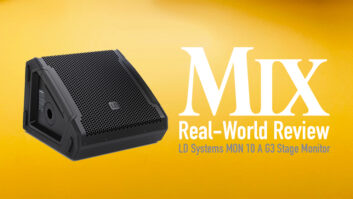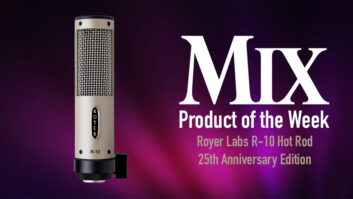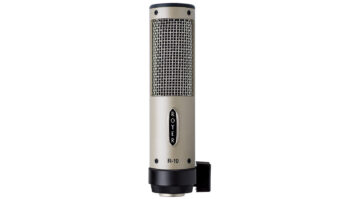One of the big surprises at Summer NAMM was Microsoft’s courtship of the audio industry, with both a general overview in the Davidson Ballroom, and a later A3E session that took a deeper, and more specific, dive. Windows audio and MIDI has always lagged behind the Core Audio protocol Apple introduced in OS X; with rich media becoming more important on all devices, from the diminishing desktop market to the growing mobile market, Windows audio and MIDI are overdue for a sweeping makeover.

For us, Windows 10 won’t go to eleven just yet. For professional audio performance, ASIO—which is not affiliated with Microsoft—remains your best bet, and will for the foreseeable future. Microsoft is concentrating on making it easier for developers to work with audio on Windows across all platforms—desktop, tablet, Xbox and phones. So, most of the changes relate more to consumers than pro audio.
However, our industry has always lived on the trickle-down from mass-market acceptance. A consumer star ting with Apple’s GarageBand will have a better experience than trying to deal with Windows on-board audio; many times, it’s necessary to use MME, and endure latencies of 50 ms or more. (Although ASIO4ALL is one option, it’s only a wrapper that tricks your audio application into “seeing” ASIO.) One of the persistent desires of the music industry is to reach a younger demographic and involve it in making music. If Windows users can engage easily with music, that could indeed help grow our MI economy—something we haven’t seen for a while.
Microsoft is concentrating on several elements, starting with latency. This won’t affect ASIO, although preliminary Windows 10 audio performance is getting closer to ASIO. But even if there was an ASIO equivalent tomorrow, there’s no incentive for hardware manufacturers to come up with new drivers—or software to accommodate them—when we already have something that works. However, just as Core Audio replaced ASIO on the Mac, someday the same might happen for Windows… ditto interface aggregation, which remains awkward at best. (Then again Windows 10 will adopt a rolling release concept instead of massive, infrequent updates, so if audio improvements start getting traction, we may see more enhancements in months instead of years.)
Lossless audio codecs (FLAC and Apple’s equivalent) will be baked into the operating system, as Microsoft moves away from lossless Windows Media Audio formats. Microsoft is also pushing “gapless audio,” but that doesn’t mean what we mean—they’re referring to the pause that happens with MP3s between cuts on, for example, a live album.
One reason for higher audio latencies is saving power, so hardware will be able to choose the optimum latency automatically. A consumer might experience 10 ms latency with a desktop sound card, while a phone might be around 25 ms—still acceptable for many consumer applications. Microsoft also identifies touch-to-sound as a separate latency issue, and is working on that as well.
Another technique is core isolation to lock out a core and dedicate it to audio. While this won’t help DAWs that slam a bunch of cores, it will help consumers and a variation may come our way in the future. Resampling is also done more transparently, and Microsoft will be making effects available for audio (that’s a little scary given what other “enhancements” do, but we’ll see).
MIDI’s resurgence is also getting attention. The biggest improvement is shared MIDI device access so that more than one application can deal with I/O, but there was also a pretty interesting demonstration of MIDI working bi-directionally with Novation’s Launchpad, along with an announcement of Windows 10-embedded systems appearing later this year in products from Akai Professional. And Raspberry Pi, Microsoft’s credit card-sized microcomputer, includes a MIDI GS wavetable synthesizer. Microsoft recognizes that it’s neglected MIDI over the years, and is attacking the code bottlenecks that limit performance.
Another element that could touch our industry is the new Edge browser (Internet Explorer is history). It’s intended to be very web audio-friendly, which given the internet dependency of our industry on everything from collaboration to online sales to demos, could be significant.
Often, Microsoft’s promised audio improvements have fallen short of expectations (MIDI port limit issues, anyone?). But this time feels different. Microsoft clearly wants to take the Windows experience beyond accounting departments running spreadsheets—and the very public splash at NAMM is a hopeful sign of what’s to come.
Author/musician Craig Anderton has given seminars on technology and the arts in 38 states, 10 countries, and three languages. Hear his music at youtube.





